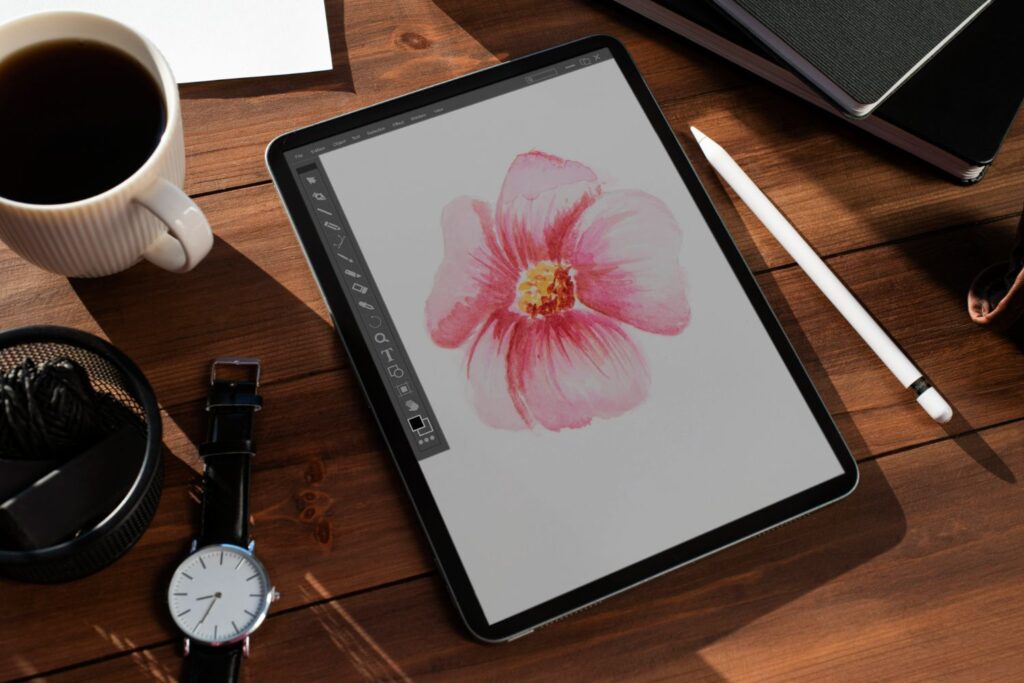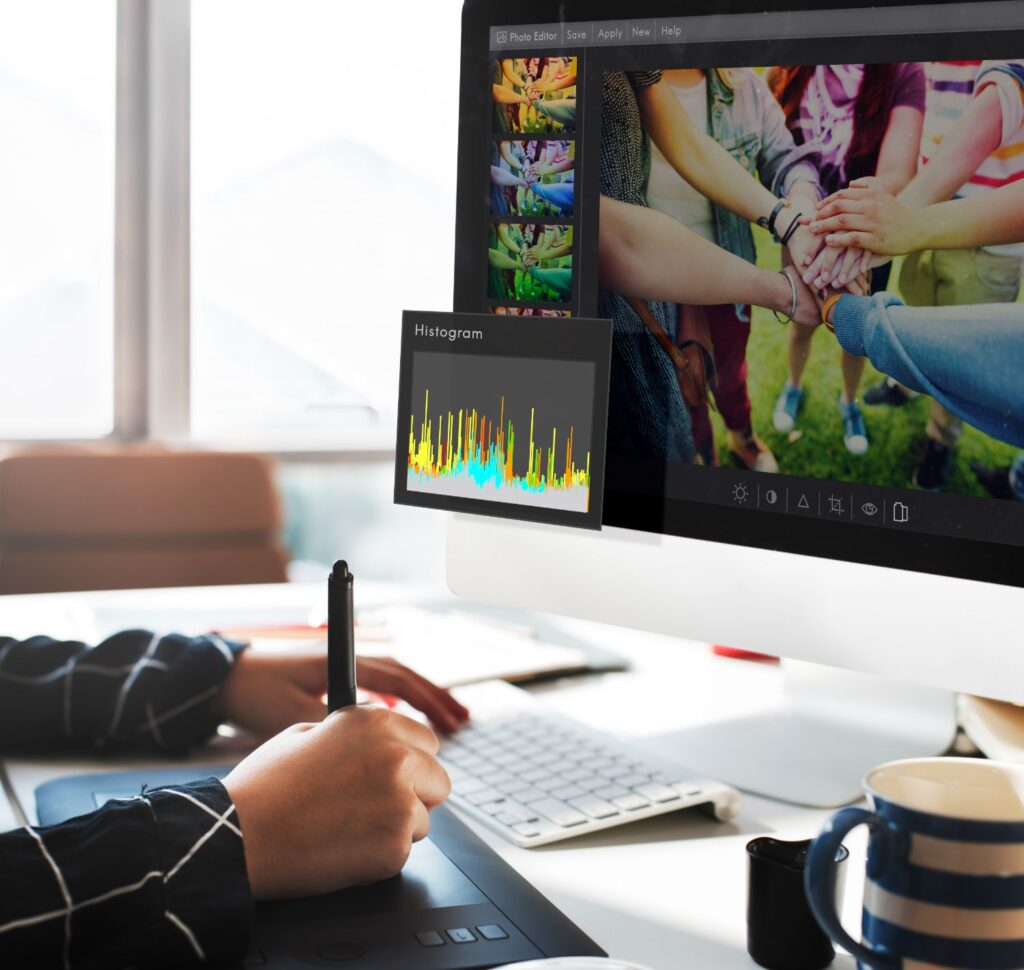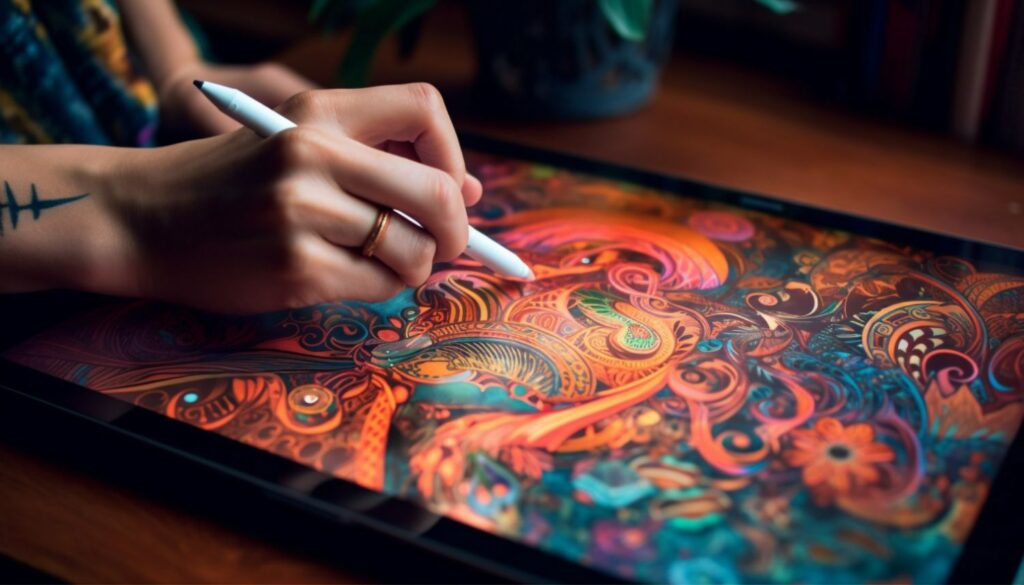Can Procreate Be Used Professionally? – Explore Pros and Cons of Using Procreate for Professional Work
Introduction
In the world of digital art and design, the debate about which software is the best for professionals never seems to end. Among many options, one popular app that has significantly gained attention in recent years is Procreate. Can Procreate be used professionally? In this article, we will dive deeper into the pros and cons of using Procreate for professional work, allowing you to understand if it’s the right choice for you or not.
What is Procreate?
Procreate is a powerful digital illustration app designed for iOS devices, such as the iPad. Initially released in 2011, it has grown in leaps and bounds, garnering millions of users worldwide. Procreate offers artists a plethora of tools to create stunning illustrations, paintings, and design work, from concept creation to finalization. With its user-friendly interface and advanced set of features, Procreate has become a top contender in the digital art software market.
Pros of Using Procreate Professionally
1. Mobility and Flexibility
One of the main benefits of Procreate is its mobility. As a tablet-based app, it allows artists to work from anywhere without the need for a desktop computer or bulky drawing tablet. This makes it easy to work on projects while on the go, be it during commutes or while traveling.
2. User-Friendly Interface
Procreate boasts an intuitive interface that makes it easy for both beginners and experienced artists alike to navigate. With a logical layout, seamless controls, and easily accessible tools, transitioning from traditional to digital art becomes a breeze.
3. Wide Selection of Brushes
Procreate comes with an extensive library of brushes, offering various patterns, textures, and styles to accommodate any artist’s requirements. Plus, with the ability to customize existing brushes, create new ones or import brushes from other users, the possibilities are endless.
4. Affordable Pricing
In comparison to other popular graphic design software, Procreate offers an affordable, one-time price. As opposed to committing to ongoing monthly or annual costs, it’s a cost-effective choice for freelancers or those on a budget.
5. Advanced Features
Procreate is packed with advanced features that support professional work. Tools such as layer effects, color profiles, masking, typography, and animation further expand what artists can create.
Cons of Using Procreate Professionally
1. Limited to iOS Devices
Currently, Procreate is only compatible with iOS devices, limiting its accessibility to a specific user base. This means that artists with non-Apple devices or those who prefer to work on a Windows or macOS computer must look for alternative software.
2. Inability to Work with Vectors
Procreate is a raster-based application, meaning it works primarily with pixels. While this makes it perfect for painters and illustrators, graphic designers who rely heavily on vector work may encounter limitations.
3. Integration and Collaboration Challenges
Some professionals may find the compatibility of Procreate with other software or collaboration with colleagues less seamless compared to more established software like Adobe Creative Cloud. This can lead to challenges in importing and exporting files between different platforms.
4. Limited External Hardware Support
Procreate limits its external hardware support, with some users facing reduced functionality when trying to connect older drawing tablets or non-Apple Pencils. The restricted accessibility might not suit some artists’ needs.
5. Steeper Learning Curve for Advanced Features
While Procreate is user-friendly overall, some users may find the learning curve for utilizing advanced features a bit steep. Mastering the app and its complex features might take time and patience.
Conclusion
In conclusion, the question of whether Procreate can be used professionally strongly depends on the user’s specific requirements. For those who enjoy the mobility and flexibility of iPad-based illustration work and can work around some limitations, Procreate is a cost-effective and powerful tool packed with useful features. However, those who frequently relyon vector work, have non-iOS devices, or need extensive compatibility with other software might not find Procreate to be the best option for professional work. In the end, it’s always a good idea to explore various software and determine which one best fits your unique needs as an artist or designer, as every individual’s preferences and requirements may vary.
FAQs
1. What other software alternatives are there for professionals?
Some popular alternatives to Procreate include Adobe Photoshop, Illustrator, Corel Painter, Affinity Designer, and Clip Studio Paint. Each software offers different capabilities and features tailored to various professionals’ needs.
2. Can Procreate be used in conjunction with other design software?
Yes, Procreate can be used in conjunction with other design software. Artists can import or export files in formats like PSD to work with programs like Adobe Photoshop or Corel Painter. However, some compatibility issues may arise depending on the size, complexity, or file type of the project.
3. Is Procreate suitable for beginners?
Procreate is an excellent choice for beginners due to its user-friendly interface and affordable pricing. The app offers a wide range of brushes and tools that can easily help beginners transition from traditional to digital art.
4. Can Procreate be used for animation?
Yes, Procreate has an animation feature called Animation Assist, which enables users to create basic frame-by-frame animations. While it might not be as advanced as dedicated animation software like Adobe Animate, it is suitable for simple animations or sketching out ideas.
5. How does Procreate compare to Adobe’s Creative Cloud suite for professionals?
Procreate is more affordable and mobile-friendly compared to Adobe’s Creative Cloud suite. However, Adobe applications like Photoshop and Illustrator offer more advanced features, compatibility, and collaboration tools, which might be more suitable for some professional settings. The choice between the two depends on the artist’s specific needs, preferences, and budget.




